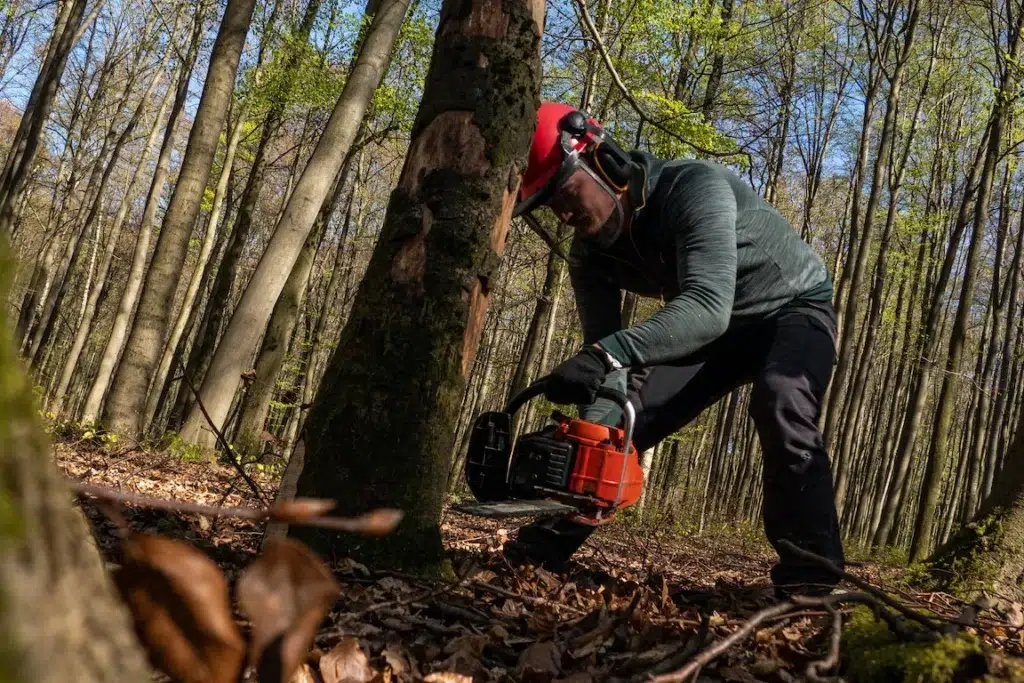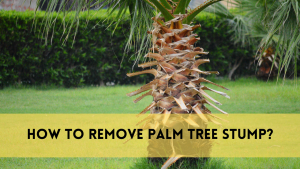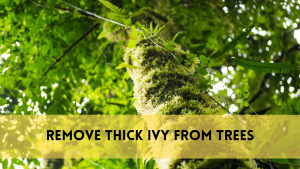If you’ve ever thought to yourself, “How do you remove mistletoe from trees?” you’re not alone. It’s not uncommon to come across a mistletoe shrub or two during the Christmas season, but when it begins to take over your trees, it can become a real issue. In this extensive video, we will walk you through the steps required to effectively remove mistletoe from your trees and ensure that they remain healthy and bright when the process is completed. So, shall we just go right in?
What precisely is mistletoe, and why should I remove it?
Mistletoe is a parasitic plant that feeds on other plants and grows on trees. It is frequently associated with Christmas customs. While mistletoe may appear to be harmless and festive when planted indoors, it can really be damaging to the health of the trees in your house. It steals vital nutrients and water from the host tree, causing it to weaken and increase the danger of mortality.
Signs of Danger Mistletoe Infestation Possible
Before we begin the eradication procedure, let’s first identify the signs of a mistletoe infestation, which include the following:
Unusual Growth: Keep an eye out for clusters of aberrant growth on your tree’s branches. These developing clusters will show as little green leaves and white berries.
Thinning of the Canopy: A mistletoe-infested tree may exhibit canopy loss as the mistletoe fights for nutrients with the tree.
Strange Host: Trees Mistletoe has been seen to favor particular tree types, such as oaks and apple trees. If you have any of these trees, you must use extreme caution.
Dieback: The injured branches may exhibit indications of dieback, which means they are starting to wither and will eventually die.
A Step-by-Step Guide to Successfully Removing Mistletoe from Trees
Now that you’ve confirmed that your tree is afflicted with mistletoe, it’s time to act. This thorough, step-by-step guide describes the best technique to get rid of mistletoe.
Gather all of your Resources
To get things started, you’ll need a few different tools:
- Pruning shears or loppers are tools used for pruning.
- Occupational gloves
- A ladder (if the mistletoe is positioned on a high height in the tree).
Put the emphasis on safety
Before you begin removing the mistletoe, be sure you and anyone around you are safe:
- Wear gloves to protect your hands from the elements.
- If you must use a ladder, be sure it is safe and on a level surface.
Remove any infected tree branches
Locate the branches that have mistletoe clusters on them and clip them. To accomplish complete eradication, make the cut at least 12 inches below where the mistletoe was growing.
How to Get Rid of Mistletoe After It’s Been Removed
Remove the pruned branches and mistletoe clusters and dispose of them properly. Mistletoe should not be composted since it may continue to grow after it has been removed.
Continue to Watch and Perform
Because mistletoe may persist for a long time, it is essential to inspect your tree on a regular basis. If you discover any new growth, you will need to repeat the eradication process.
Reducing the Risk of Mistletoe Reinfestation
Preventative strategies are the most effective strategy to fight the effects of mistletoe. The following are some recommendations to help prevent reinfestation:
- Because mistletoe can spread from tree to tree, it is critical to prune any nearby trees that are infected with it. If there are any more afflicted trees in the area, you should prune them all.
- It is critical to examine your trees frequently in order to detect mistletoe development in its early stages.
- Birds are the most common vectors for mistletoe seed spread. Remove any bird nests that may be found in your trees to eliminate the possibility of further infestations.
Some Dos and Don’ts for Removing Mistletoe
There are a few important things to remember when getting rid of mistletoe, including the following:
- Always protect yourself by wearing gloves to protect your hands from any discomfort that may occur.
- Pruning should be done during the dormant season of the tree. The best time to remove mistletoe is during the tree’s dormant season, which is usually in late winter or early spring.
- Extensive tree trimming is required: To prevent mistletoe from regrowing, remove it from the tree far below where it was attached.
- Trimmed material should not be composted; instead, discard clipped branches and mistletoe clusters in the trash or in a container designated for yard debris.
- You should not avoid dealing with the issue; because mistletoe can cause damage to your tree over time, you should deal with it as soon as possible.
- Herbicides should be avoided at all costs because they are harmful to both the tree and the environment.
The Importance of Removing Mistletoe
However, you should prune the mistletoe from your trees for more than just aesthetic reasons. It’s a must if you want your trees to live as long as possible while remaining healthy. Healthy trees provide a variety of benefits, including the following:
- Trees not only provide natural shade, but they also help to reduce the temperature in their immediate surroundings.
- Trees help to improve air quality by removing carbon dioxide from the atmosphere while exhaling oxygen.
- Trees provide habitat for a wide range of animal species, helping to preserve biodiversity.
- Aesthetic Value: Properly cared for trees on your property add to the overall attractiveness and value of the property.
- You can ensure that your trees remain healthy and bright by following the procedures outlined in this tutorial, which will protect them from the damaging effects of mistletoe infestations.
FAQs
Does mistletoe harm the trees in my yard?
The answer is that mistletoe does cause tree damage. It is a parasitic plant that attaches itself to the branches of the host tree and then draws nutrients and water from it. This may eventually cause the host tree to become ill, if not die.
Is there a specific time of year when mistletoe should be removed?
Mistletoe should be removed from trees during their dormant season, which is usually late winter or early spring. This reduces the amount of stress on the tree, increasing the likelihood that the removal will be successful.
Is it necessary to trim the branches before removing mistletoe?
Trim any branches that have clusters of mistletoe on them, and make your cuts at least 12 inches below where the mistletoe is growing. This ensures that the problem is completely eradicated and that it will not reoccur.
Is it possible for mistletoe to regrow after it has been cut down?
Yes, if the mistletoe is not completely removed, it will sprout. It is critical to keep an eye on your tree and to repeat the pruning procedure if new growth appears.
What are some methods for preventing mistletoe from regrowing?
Mistletoe infestations can be avoided by routinely monitoring your trees, cutting any adjacent affected trees, and removing any bird nests to reduce the likelihood that the seeds will be spread by birds.
Conclusion
In this detailed tutorial, we discussed the importance of removing mistletoe from trees and outlined the steps required to complete this task. Keep in mind that timely removal as well as preventative measures are required to keep your trees free of mistletoe infestations. If you follow our recommendations and instructions, you will be able to appreciate the aesthetic value and practical benefits of mistletoe-free trees all year.
As a result, if you’ve ever wondered, “How do I remove mistletoe from trees?” you now have the knowledge and tools you need to take action and protect your trees from this pesky parasitic plant. Mistletoe can be cut off at the base and removed. Best wishes for a healthy tree and merrymaking!
How useful was this post?
Click on a star to rate it!
Average rating 2.9 / 5. Vote count: 366
No votes so far! Be the first to rate this post.




